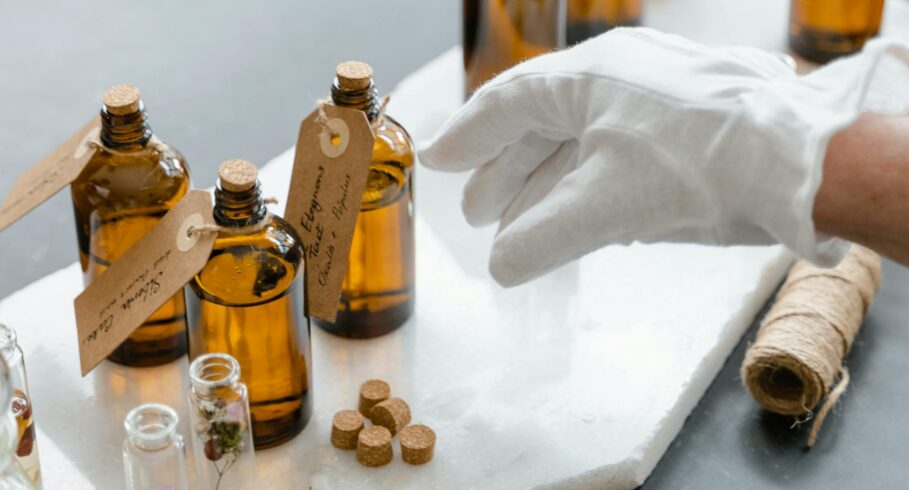
Safety Gate, all about product safety
Safety Gate - what is it?
Safety Gate (formerly RAPEX) is a European system for the rapid exchange of information on dangerous products that may pose a risk to the health or life of consumers. The mechanism operates within the structures of the European Union and covers, among others, cosmetic products, toys, electronic devices, textiles and many other categories. Safety gate is first and foremost a tool to quickly recall dangerous products from the market and to warn other countries about detected risks.
The system is based on cooperation between national market surveillance authorities and the European Commission. The information published on the portal is available to the public and is an important source of knowledge for consumers as well as for producers, distributors and quality control laboratories.
Safety Gate and product safety
RAPEXis the former name of the Safety Gate system, but the nomenclature has been standardised following communication changes. Nevertheless, many companies and professionals still use the acronym RAPEX as a synonym for the current system.
When a product is found to be dangerous (based on studies, consumer complaints or decisions by authorities), the national authority sends a notification to the system. Each notification contains information such as:
- Product type,
- country of origin,
- risk description,
- action taken by the manufacturer or distributor,
- photographs and contact details.
In this way product safety becomes the subject of immediate analysis throughout the European Union.
Cosmetic product safety and the Safety Gate
Quality and safety of cosmetic products are one of the most frequently reported areas on the Safety Gate portal. This includes non-compliant cosmetics (e.g. missing documentation, banned substances) as well as those containing microbiological contaminants, heavy metals or inappropriate preservatives.
Notifications of this kind result in:
- the immediate withdrawal of the batch from sale,
- obligation to inform consumers,
- financial or criminal sanctions for producers.
To avoid such consequences, it is worth carrying out safety assessment of cosmetics before the product is placed on the market. Only reliable documentation and test results ensure compliance with European requirements.
Safety Gate portal as a source of knowledge and risk analysis
Portal Safety Gate is a public database where you can find hundreds of alerts on different types of products. Thanks to search filters, notifications can be browsed by category, date, country, risk type or threat level.
For manufacturers and importers, using the portal can be a valuable source of information. It allows:
- assess what types of products are most frequently reported,
- identify recurrent errors,
- anticipate potential risks during the product design and implementation phase.
Product safety does not start at the moment of inspection - it is a process that should already be planned at the concept stage.
Cosmetic formulation assessment - how to avoid reporting to Safety Gate?
The high standards of the European Union require that every cosmetic available on the market has documentation proving its safety. At this stage it is advisable to have assessment of the composition of cosmeticswhich includes both a toxicological analysis of the individual components and an assessment of their interactions, possible irritant, allergenic or phototoxic effects.
Only well-prepared documentation can pass the process registration of cosmetics without complications. Otherwise, an incompatible formulation or lack of testing may result not only in a refusal of registration, but also in the product being reported to the Safety Gate portal.
Cosmetics research
Without research, there is no safety.Cosmetics research range from dermatological tests to the evaluation of stability and microbiological purity. The results of such tests form the basis of the PIF dossier and serve to confirm the efficacy and safety of the product.
Testing in an independent laboratory avoids errors that could result in a product recall. Products that are untested or of unknown risk are most often reported to the Safety Gate portal.
Safety gates and producer responsibility
System safety gates does not only act as a repressive tool - it is also a space for information exchange and education. A producer who once accesses the portal can be monitored more closely by national and European authorities in the future. It is therefore worth ensuring that:
- the composition of the product has been reliably developed and documented,
- tests were carried out prior to registration,
- marketing activities did not contain unsupported statements,
- the production process met GMP standards.
Product safety is not a one-off process, but a systematic workflow that covers the entire product life cycle - from the design to the last batch in the warehouse.
If you are concerned about the risk-free release of your products, entrust the documentation and testing to specialists - visit mpr-labs.com.